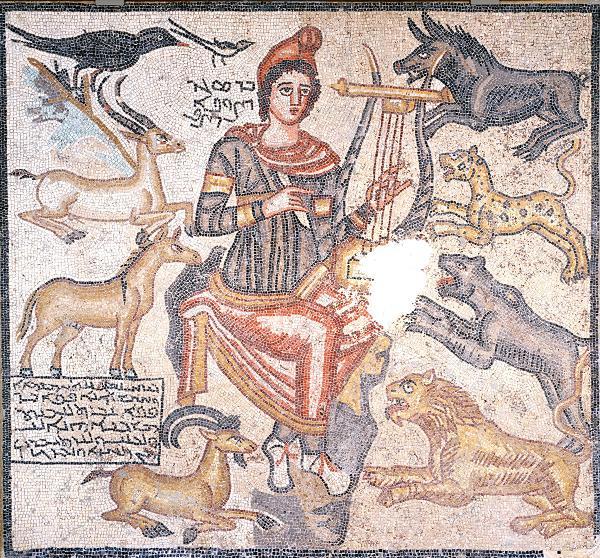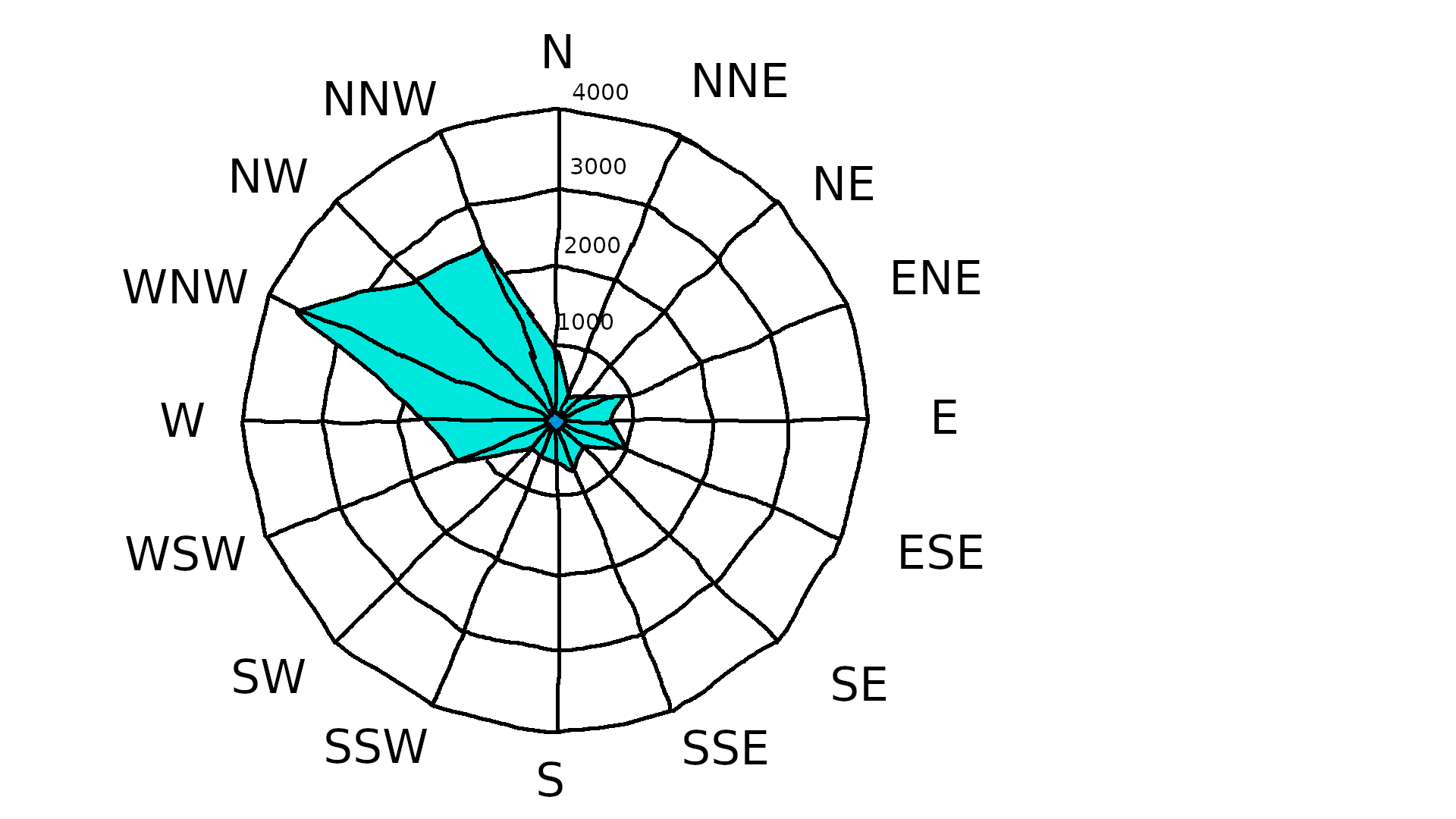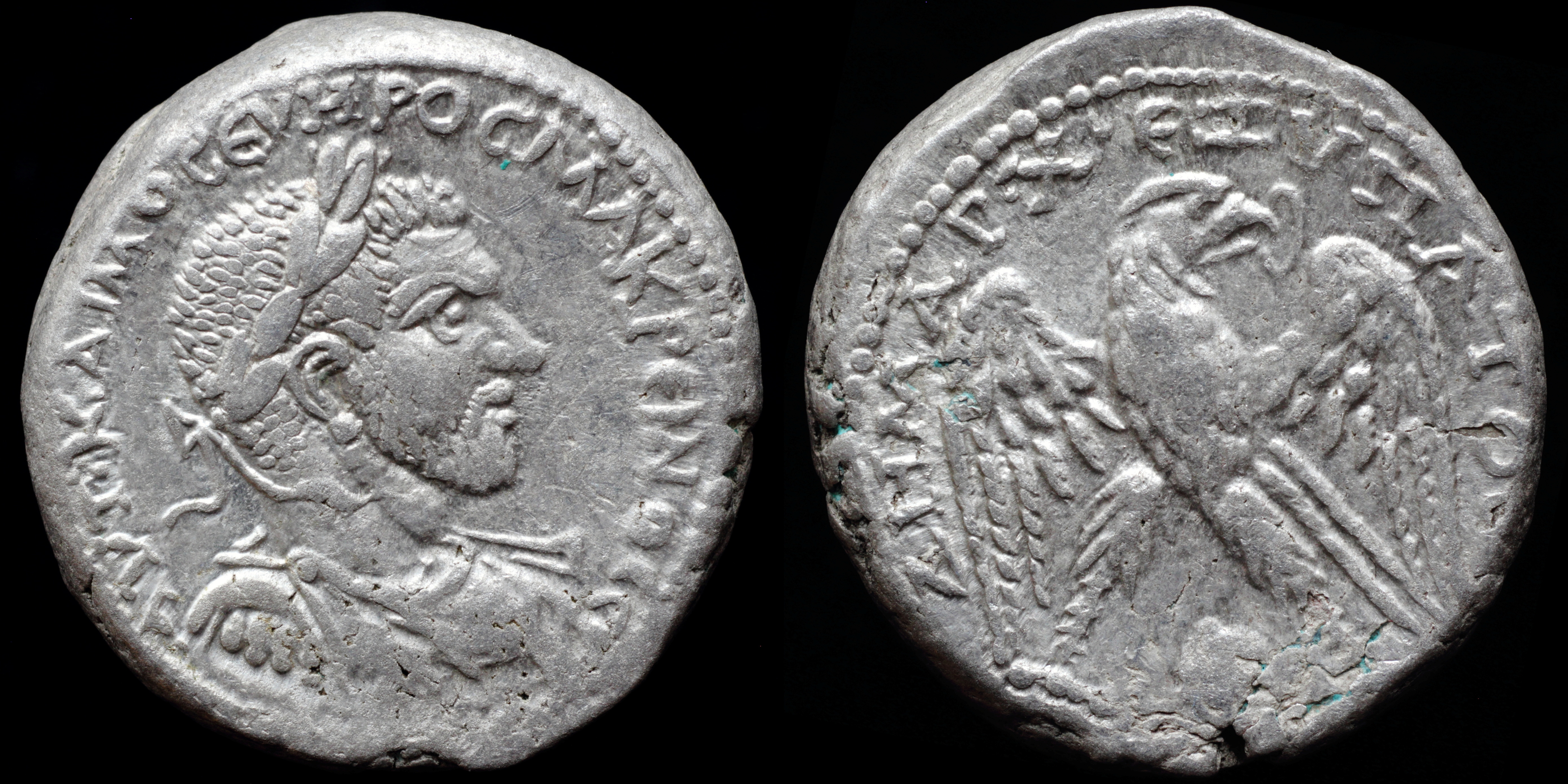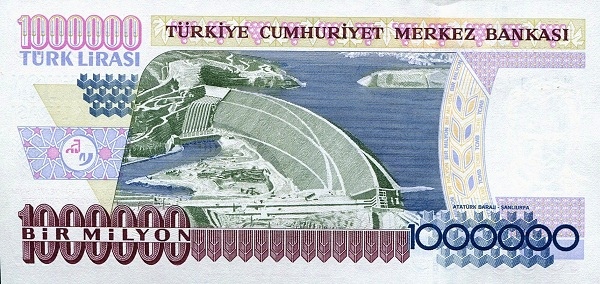|
ŇěanlńĪurfa
Urfa, officially called ŇěanlńĪurfa (), is a city in southeastern Turkey and the capital of ŇěanlńĪurfa Province. The city was known as Edessa from Hellenistic times and into Christian times. Urfa is situated on a plain about east of the Euphrates. Its climate features extremely hot, dry summers and cool, moist winters. About northeast of the city is the famous Neolithic site of G√∂bekli Tepe, the world's oldest known temple, which was founded in the 10th millennium BC. The area was part of a network of the first human settlements where the agricultural revolution took place. Because of its association with Jewish, Christian, and Islamic history, and a legend according to which it was the hometown of Abraham, Urfa is nicknamed the "City of Prophets." Religion is important in Urfa. The city "has become a center of fundamentalist Islamic beliefs" and "is considered one of the most devoutly religious cities in Turkey". The city is located 30 miles from the Atat√ľrk Dam, a ... [...More Info...] [...Related Items...] OR: [Wikipedia] [Google] [Baidu] |
Urfa Castle 02
Urfa, officially called ŇěanlńĪurfa (), is a city in southeastern Turkey and the capital of ŇěanlńĪurfa Province. The city was known as Edessa from Hellenistic period, Hellenistic times and into Christian times. Urfa is situated on a plain about east of the Euphrates. Its climate features extremely hot, dry summers and cool, moist winters. About northeast of the city is the famous Neolithic site of G√∂bekli Tepe, the world's oldest known temple, which was founded in the 10th millennium BC. The area was part of a network of the first human settlements where the Neolithic Revolution, agricultural revolution took place. Because of its association with Jewish history, Jewish, History of Christianity, Christian, and History of Islam, Islamic history, and a legend according to which it was the hometown of Abraham, Urfa is nicknamed the "City of Prophets." Religion is important in Urfa. The city "has become a center of fundamentalist Islamic beliefs" and "is considered one of the m ... [...More Info...] [...Related Items...] OR: [Wikipedia] [Google] [Baidu] |
ŇěanlńĪurfa Province
ŇěanlńĪurfa Province (; ), also known as Urfa Province, is a Provinces of Turkey, province and Metropolitan municipalities in Turkey, metropolitan municipality in southeastern Turkey. The city of ŇěanlńĪurfa is the capital of the province which bears its name. Its area is 19,242 km2, and its population is 2,170,110 (2022). The province is considered part of Turkish Kurdistan and has a Kurds, Kurdish majority with a significant Arabs, Arab and Turkish people, Turkish minority. Districts ŇěanlńĪurfa province is divided into 13 Districts of Turkey, districts, listed below with their populations as at 31 December 2022 according to the official government estimates: * Ak√ßakale (123,721) * Birecik (93,613) * Bozova (52,680) * CeylanpńĪnar (90,440) * Eyy√ľbiye (391,795) * Halfeti (41,662) * Haliliye (396,656) * Harran (96,072) * Hilvan (42,218) * Karak√∂pr√ľ (265,035) * Siverek (267,942) * Suru√ß (100,961) * ViranŇüehir (207,315) Geography With an area of , it is the larg ... [...More Info...] [...Related Items...] OR: [Wikipedia] [Google] [Baidu] |
Göbekli Tepe
Göbekli Tepe (, ; Kurdish: or , 'Wish Hill') is a Neolithic archaeological site in Upper Mesopotamia (''al-Jazira'') in modern-day Turkey. The settlement was inhabited from around to at least , during the Pre-Pottery Neolithic. It is famous for its large circular structures that contain massive stone pillarsamong the world's oldest known megaliths. Many of these pillars are decorated with anthropomorphic details, clothing, and sculptural reliefs of wild animals, providing archaeologists rare insights into prehistoric religion and the particular iconography of the period. The high, tell is densely covered with ancient domestic structures and other small buildings, quarries, and stone-cut cisterns from the Neolithic, as well as some traces of activity from later periods. The site was first used at the dawn of the southwest Asian Neolithic period, which marked the appearance of the oldest permanent human settlements anywhere in the world. Prehistorians link this Neolith ... [...More Info...] [...Related Items...] OR: [Wikipedia] [Google] [Baidu] |
Edessa
Edessa (; ) was an ancient city (''polis'') in Upper Mesopotamia, in what is now Urfa or ŇěanlńĪurfa, Turkey. It was founded during the Hellenistic period by Macedonian general and self proclaimed king Seleucus I Nicator (), founder of the Seleucid Empire. He named it after an ancient Macedonian capital. The Greek name (''√Čdessa'') means "tower in the water". It later became capital of the Kingdom of Osroene, and continued as capital of the Roman province of Osroene. In Late Antiquity, it became a prominent center of Christian learning and seat of the Catechetical School of Edessa. During the Crusades, it was the capital of the County of Edessa. The city was situated on the banks of the Daysan River (; ; ), a tributary of the Khabur, and was defended by ŇěanlńĪurfa Castle, the high central citadel. Ancient Edessa is the predecessor of modern Urfa (; ; ; ), in ŇěanlńĪurfa Province, Turkey. Modern names of the city are likely derived from Urhay or Orhay (), the site's S ... [...More Info...] [...Related Items...] OR: [Wikipedia] [Google] [Baidu] |
Atat√ľrk Dam
The Atat√ľrk Dam (), originally the Karababa Dam, is the third largest dam in the world and it is a zoned rock-fill dam with a central core on the Euphrates River on the border of AdńĪyaman Province and ŇěanlńĪurfa Province in the Southeastern Anatolia Region of Turkey. Built both to generate electricity and to irrigate the plains in the region, it was renamed in honour of Mustafa Kemal Atat√ľrk (1881‚Äď1938), the founder of the Turkish Republic. The construction began in 1983 and was completed in 1990. The dam and the hydroelectric power plant, which went into service after the upfilling of the reservoir was completed in 1992, are operated by the State Hydraulic Works (DSńį). The reservoir created behind the dam, called Atat√ľrk Reservoir (), is the third largest in Turkey. The dam is situated northwest of Bozova, ŇěanlńĪurfa Province, on state road D-875 from Bozova to AdńĪyaman. Centerpiece of the 22 dams on the Euphrates and the Tigris, which comprise the integrated, ... [...More Info...] [...Related Items...] OR: [Wikipedia] [Google] [Baidu] |
Provinces Of Turkey
Turkey is divided into 81 provinces (). Each province is divided into a number of districts of Turkey, districts (). Each provincial government is seated in the central district (). For non-Metropolitan municipalities in Turkey, metropolitan municipality designated provinces, the central district bears the name of the province (e.g. the city/district of Rize is the central district of Rize Province). In the Ottoman Empire, the corresponding unit was the ''vilayet''. Each province is administered by an appointed governor () from the Ministry of the Interior (Turkey), Ministry of the Interior. Background After the collapse of the Ottoman Empire and the Republic Day (Turkey), official establishment of the Republic of Turkey on 29 October 1923, changes were made to the administrative system. Two years later, Ardahan Province, Ardahan, Beyońülu, √áatalca, Tunceli, Dersim, Ergani, Gelibolu, :tr:Gen√ß_(il), Gen√ß, Kozan, Adana, Kozan, Oltu, MuŇü Province, MuŇü, Siverek and √úsk√ľdar pro ... [...More Info...] [...Related Items...] OR: [Wikipedia] [Google] [Baidu] |
Urfa (other)
Urfa, officially known as ŇěanlńĪurfa and known in ancient times as Edessa, is the capital of ŇěanlńĪurfa Province, Turkey. Urfa may also refer to: Places * Urfa (also known as ŇěanlńĪurfa and Edessa), a city in Upper Mesopotamia, present-day Urfa, Turkey * Urfa Province (or ŇěanlńĪurfa), southeastern Turkey * Urfa Province, Ottoman Empire (or Vilayet of Aleppo), centered on the city of Aleppo, Syria Other uses * Battle of Urfa (spring 1920), between the French occupying army and the Turkish National Forces, Urfa, Turkey * Urfa biber, a dried Turkish chili pepper * Urfa Man (circa 9000 BC), an anthropomorphological statue found near Urfa, Turkey See also * Urf√© (other) * {{disambiguation, geo ... [...More Info...] [...Related Items...] OR: [Wikipedia] [Google] [Baidu] |
ŇěanlńĪurfa Castle
ŇěanlńĪurfa Castle, or Urfa Castle in short, is a castle overlooking the city center of ŇěanlńĪurfa (previously Edessa), Turkey. The castle was built by the Osroene in antiquity and the current walls were constructed by the Abbasids The Abbasid Caliphate or Abbasid Empire (; ) was the third caliphate to succeed the Islamic prophet Muhammad. It was founded by a dynasty descended from Muhammad's uncle, Abbas ibn Abd al-Muttalib (566‚Äď653 CE), from whom the dynasty takes i ... in 814 AD. Today, the castle functions as an open-air museum. References Castles in Turkey Buildings and structures in ŇěanlńĪurfa {{Turkey-castle-stub ... [...More Info...] [...Related Items...] OR: [Wikipedia] [Google] [Baidu] |
Southeast Anatolia Project
The Southeastern Anatolia Project (, GAP) is a multi-sector integrated regional development project based on the concept of sustainable development for the 9 million people (2023) living in the Southeastern Anatolia region of Turkey. According to the Southeastern Anatolia Project Regional Development Administration, the aim of the GAP is to eliminate regional development disparities by raising incomes and living standards and to contribute to the national development targets of social stability and economic growth by enhancing the productive and employment generating capacity of the rural sector.The Southeastern Anatolia Region extending over wide plains in the Euphrates-Tigris Basin encompass the administrative provinces of ( AdńĪyaman, Batman, DiyarbakńĪr, Gaziantep, Kilis, Siirt, ŇěanlńĪurfa, ŇěńĪrnak and Mardin )which are located in the basins of the Euphrates and Tigris and in Upper Mesopotamia. The surface area of the region bordering with Syria to the south and with Iraq to ... [...More Info...] [...Related Items...] OR: [Wikipedia] [Google] [Baidu] |
Osroene
Osroene or Osrhoene (; ) was an ancient kingdom and region in Upper Mesopotamia. The ''Kingdom of Osroene'', also known as the "Kingdom of Edessa" ( / "Kingdom of Urhay"), according to the name of its capital city (now Urfa, ŇěanlńĪurfa, Turkey), existed from the 2nd century BC, up to the 3rd century AD, and was ruled by the Arabs, Arab Abgarid dynasty. Generally allied with the Parthian Empire, Parthians, the Kingdom of Osroene enjoyed semi-autonomy to complete independence from the years of 132 BC to AD 214. The kingdom's population was of mixed culture, being Syriac language, Syriac-speaking from the earliest times. The city's cultural setting was fundamentally Syriac language, Syriac, alongside strong Greek and Parthian influences, though some Arab cults were also attested at Edessa. The ruling Arab Abgarid dynasty was deposed by the Romans during the reign of Roman Emperor Caracalla (211‚Äď217), probably in 214 or 216, and Osroene was incorporated as Roman province, a provinc ... [...More Info...] [...Related Items...] OR: [Wikipedia] [Google] [Baidu] |
Turkey
Turkey, officially the Republic of T√ľrkiye, is a country mainly located in Anatolia in West Asia, with a relatively small part called East Thrace in Southeast Europe. It borders the Black Sea to the north; Georgia (country), Georgia, Armenia, Azerbaijan, and Iran to the east; Iraq, Syria, and the Mediterranean Sea to the south; and the Aegean Sea, Greece, and Bulgaria to the west. Turkey is home to over 85 million people; most are ethnic Turkish people, Turks, while ethnic Kurds in Turkey, Kurds are the Minorities in Turkey, largest ethnic minority. Officially Secularism in Turkey, a secular state, Turkey has Islam in Turkey, a Muslim-majority population. Ankara is Turkey's capital and second-largest city. Istanbul is its largest city and economic center. Other major cities include ńįzmir, Bursa, and Antalya. First inhabited by modern humans during the Late Paleolithic, present-day Turkey was home to List of ancient peoples of Anatolia, various ancient peoples. The Hattians ... [...More Info...] [...Related Items...] OR: [Wikipedia] [Google] [Baidu] |
Euphrates
The Euphrates ( ; see #Etymology, below) is the longest and one of the most historically important rivers of West Asia. Tigris‚ÄďEuphrates river system, Together with the Tigris, it is one of the two defining rivers of Mesopotamia (). Originating in Turkey, the Euphrates flows through Syria and Iraq to join the Tigris in the Shatt al-Arab in Iraq, which empties into the Persian Gulf. The Euphrates is the List of longest rivers of Asia, fifteenth-longest river in Asia and the longest in West Asia, at about , with a drainage area of that covers six countries. Etymology The term ''Euphrates'' derives from the Koine Greek, Greek ''Euphr√°tńďs'' (), adapted from , itself from . The Elamite name is ultimately derived from cuneiform ūíĆďūíĄíūíČ£; read as ''Buranun'' in Sumerian language, Sumerian and ''Purattu'' in Akkadian language, Akkadian; many cuneiform signs have a Sumerian pronunciation and an Akkadian pronunciation, taken from a Sumerian word and an Akkadian word that mean ... [...More Info...] [...Related Items...] OR: [Wikipedia] [Google] [Baidu] |






